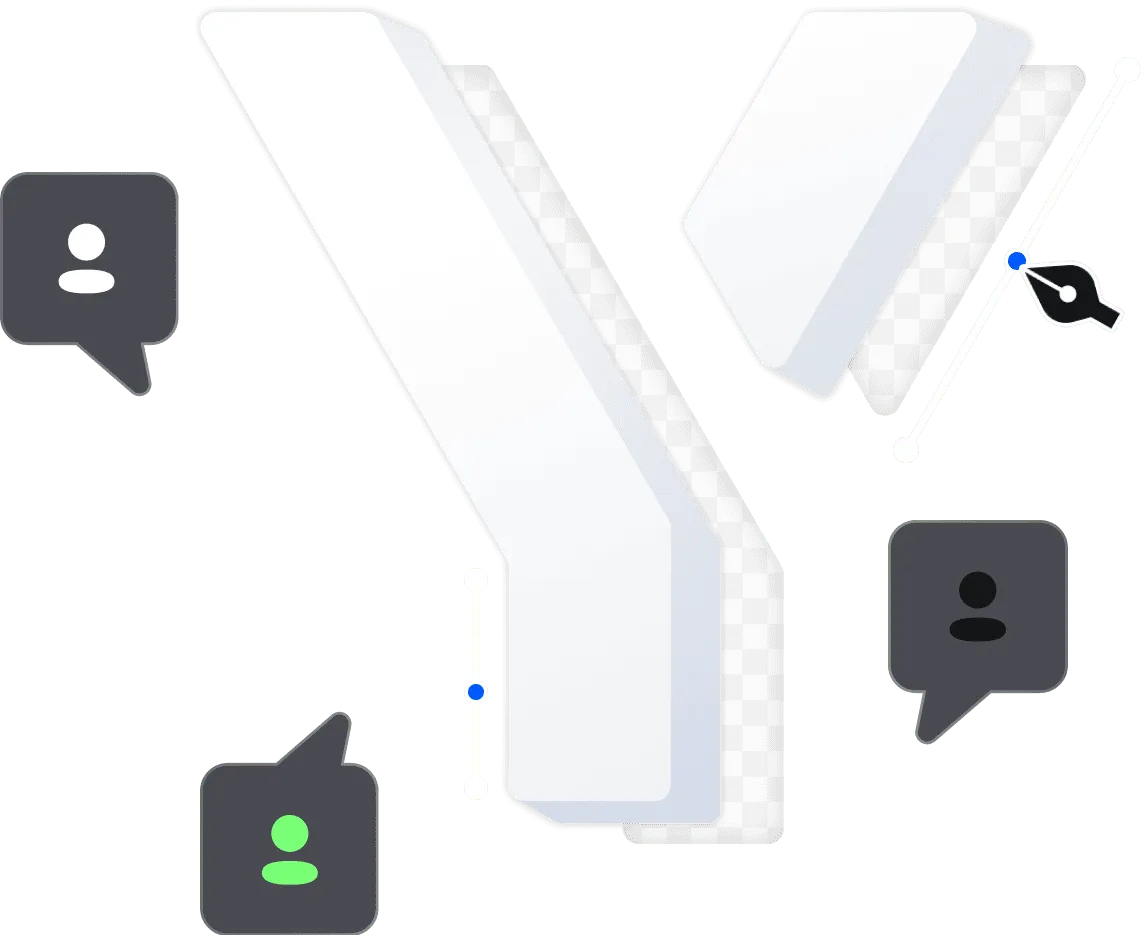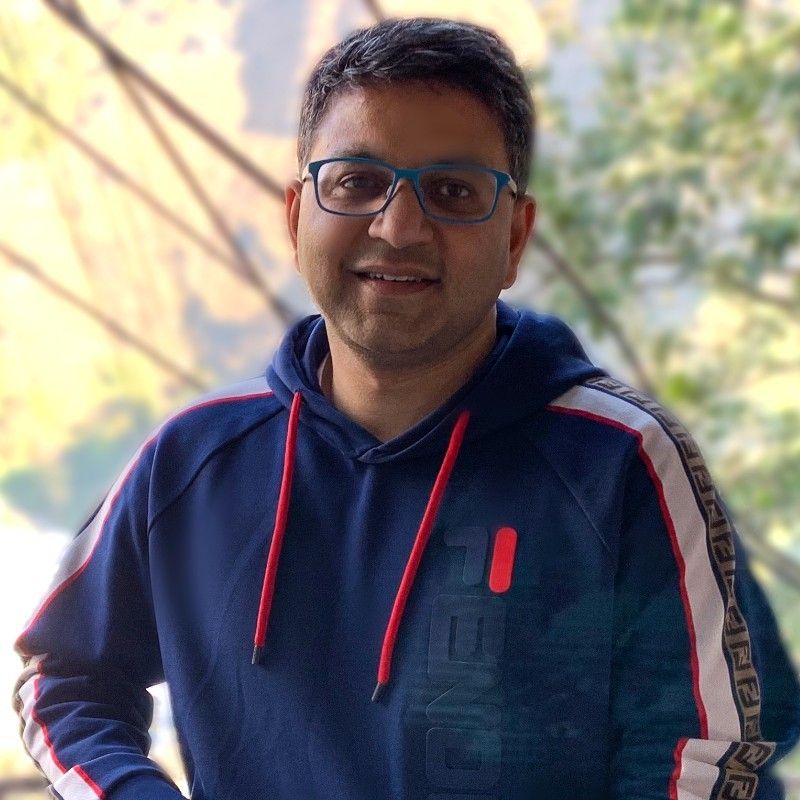12 Most Common QA Interview Questions With Answers


To hire qualified employees, an HR specialist needs to be savvy in many areas. Interviews with candidates for the position of QA Engineer are more difficult to organize and conduct. In this article from the Yojji team, you’ll learn more about QA testers, how to interview job seekers, and what questions to ask to determine a candidate’s competence.
QA Engineer: Who They Are And What They Do
A Quality Assurance Engineer is a specialist who performs functional testing of software at all stages of development. To better understand what kind of specialist your company needs, you need to understand the terminology. A lot of people mistakenly think that the terms Quality Assurance, Quality Control, and Testing are synonymous, but this is a wrong opinion. Let's see what is the difference among them.
• Quality Assurance: QA specialists prepare and set standards, analyze quality, select tools, prevent mistakes, and improve the program.
Today, everyone prefers developers who use HTML elements for their intended purpose in order to fix bugs in the future (if tags are used incorrectly, problems will appear).
Not only the developer's ability to write without using tables is appreciated, but also the real adherence to this concept. Habit is a dangerous thing that can still lead to obsolete use of tables.
• Quality Control: product quality control specialists are responsible for analyzing test results, finding and eliminating bugs. QC specialists review code, conduct technical reviews, and validate the program.
• Software Testing: testers check the finished product for compliance with the established requirements.
What should a QA engineer be able to do? In a perfect world, a highly qualified QA engineer should have the following theoretical knowledge and practical skills:
-
Understanding the software development cycle.
-
Knowing the types and levels of testing.
-
Being able to read technical documentation.
-
Analyzing requirements.
-
Preparing text documentation.
-
Monitoring and tracking edits.
-
Writing and refining test scripts.
-
Drawing up technical specifications to eliminate the defects found after testing.
How To Conduct An Effective Job Interview With QA Engineer

Once you understand who QA engineers are and what they do, it’ll be easier for you to conduct an interview. A good interview for the QA Engineer position typically consists of several stages.
First, you need to find out what attracts the candidate to the job and why exactly they are suitable for this position.
Then it’s necessary to ask the candidate theoretical questions and give a test task. This is the main part of the interview in order to determine a candidate’s competence and level of knowledge.
The next step is to test the logical thinking of the job seekers. This will help to trace a candidate’s train of thought and understand whether they have an analytical mindset.
Of course, the interviewer also needs to prepare for the interview process. It is very important to properly present the brand and formulate clear requirements for the candidate. And, of course, an interviewer needs to prepare a list of interview questions in advance.
We’ve prepared a list of effective QA interview questions with answers, which will help you test the candidate’s basic knowledge. Use it as a guide or as a source of inspiration to find a real expert!
1. What is Software Quality?
For a tester, the software quality is how close the developed product is to the expected result (requirements). A simple first question to warm up the candidate, nothing difficult here.
2. What is Software Quality Assurance?
It is the process of tracking and improving all activities related to software development. This process includes everything from setting requirements, design, code review, testing, implementation to maintenance (technical support on the client side).
3. What is Software Testing? What is the difference between validation and verification?
The purpose of software testing is verification, validation, and bugs checking.
Verification is the process of evaluating how close the software is to the requirements (are we building the product correctly?). Validation is the process of assessing the requirements themselves, whether they are correct compared to what the customer initially wanted (is the product we are building the right one?). Bugs checking is the process of finding something that shouldn't have happened but happened.

4. Please describe the testing process
-
Test plan
-
Generating the required test artifacts
-
Test execution (running test cases)
-
Submitting bug reports and follow-up to fix defects
-
Writing reports on the testing done
5. Is it possible to find and fix all bugs in a software product?
It’s impossible. But testing is necessary to significantly reduce the number of bugs.
6. Describe what a bug is?
The bug is the discrepancy between actual and expected software behavior. We learn about what the expected behavior should be from the documentation, specification, and business requirements.
7. Explain the difference between black/white/gray box testing
Black box testing is a methodology in which a tester doesn’t have access to the source code (UI \ UX testing, installation testing, localization testing).
White-box testing is a methodology in which a tester (more often the developers themselves or an automated tester) has access to the source code of the product (Unit testing). As a rule, in this case, a bug report reflects exactly errors in the code, and not in functional behavior.
Gray-box testing is an extended black-box methodology where a tester still doesn’t have access to the source code (or has very limited access), but represents how the system is arranged logically, can divide it into modules, and look for bugs in them using special techniques (for example, the interaction of web applications over the network).
8. What is positive and negative testing?
Positive testing is aimed at showing that a developed product does what it is expected to do. Negative testing is aimed at checking the behavior of the product/system in case of incorrect user actions. This is a system check for unexpected inputs and conditions.
9. What is the software development life cycle (SDLC)?
The Software Development Life Cycle is a conceptual model used by product managers (PMs) for management that describes the steps involved in an information system development project, from the initial feasibility study to the maintenance of the completed application. There are various methodologies: Waterfall, Agile, etc.
10. Describe what is risk analysis in software testing?
Risk analysis is actions taken to avoid bugs in a software development project that reduce the negative impact on the volume, quality, timeliness, or cost of the project. This, of course, is the shared responsibility of all project participants. But, there must be a “person who can stop the process”, make the appropriate decisions, and ensure that everyone fulfills their risk management responsibilities.
11. What is the difference between a test case and a test plan?
A test plan is the most comprehensive software testing document that describes the objectives, coverage (scope), approach, and the focus of software testing efforts. A test case is the smallest document for software testing that describes a typical and atypical situation that occurs when using a product.
12. When can a tester say that a bug has been fixed?
The bug can be declared fixed after completing the steps of reproduction indicated in the report and without seeing the defect. Also, it can be considered fixed after checking the functionality that may have been affected by the bug fix (regression testing).
You can also ask questions regarding the candidate’s work experience – they will help you better understand whether this candidate is suitable for your company or not. Questions can be as follows:
-
What testing techniques did you use in your past job?
-
Tell us about your latest challenging project. What were the difficulties? How did you deal with them?
-
What do you like and dislike about your job?
-
Where do you get new knowledge?
-
What role do you play in the team? Describe your main objectives.
-
If you find a bug, and the developer says that it’s supposed to be this way, what will you do?
Keep in mind that the above questions are just the tip of the iceberg. To interview more serious specialists, you’ll need to touch on algorithms, ask programming languages, and select questions with a technical specialist.
If you need a highly qualified QA specialist, you can contact Yojji team. Our QA engineers apply the best technologies and approaches to software testing. We do our best to make sure your final product is as close to perfection as it's possible (and even a little more).

Yojji successfully delivered the project within schedule. They demonstrated excellent project management via weekly sprint demos and promptly made adjustments based on the client's feedback. Their responsiveness and collaborative attitude were key elements of their work.

5.0
Yojji was an instrumental part of the client’s team, working closely with them to achieve the product’s success. The team was very collaborative and timely, and their performance was amazing. Additionally, their resources were experienced, professional, and enjoyable to work with.

5.0
Yojii is impressive both in quality of development work as well as their commitment. Strong focus on delivery, highly technical personnel, flexible approach that allows for rapid development. Strong processes that allow for solid controls.

5.0
We’re very happy with the way that Yojji works, which is why we’ve spent so much money and engaged them for such a long time. We treat them as employees in regard to responsibilities and expectations, and they haven’t disappointed us.

5.0
As a company, we find Yojji to be excellent development partners - we cannot recommend them more highly and will be very happy to continue working with them in the future.

5.0
They are really nice people with excellent technical backgrounds.

5.0
We used Agile project management methodology and were in contact with the team and project manager daily.

5.0
They all had a super positive outlook and were dedicated to getting the work completed to a high standard.

5.0
Yojji has delivered an accessible product with thorough consideration for the client's requirements. Users have commented on the platform's user-friendliness and speed. Moreover, the team is easy to communicate with and provides frequent updates. Their development and design skills are impressive.

5.0
